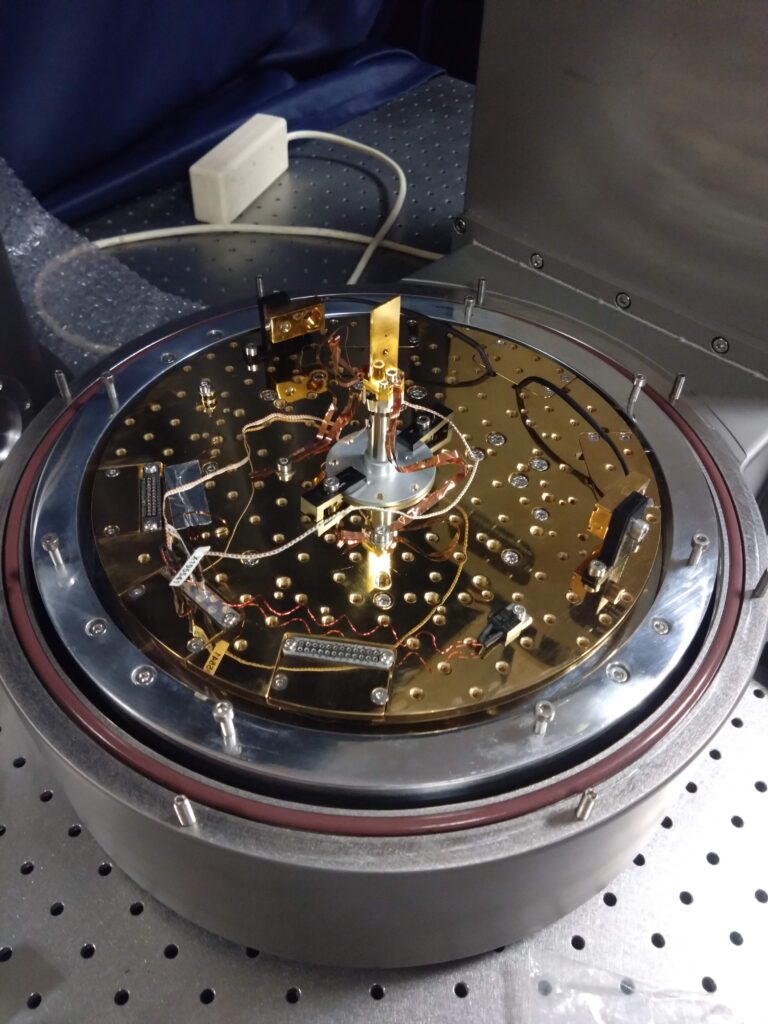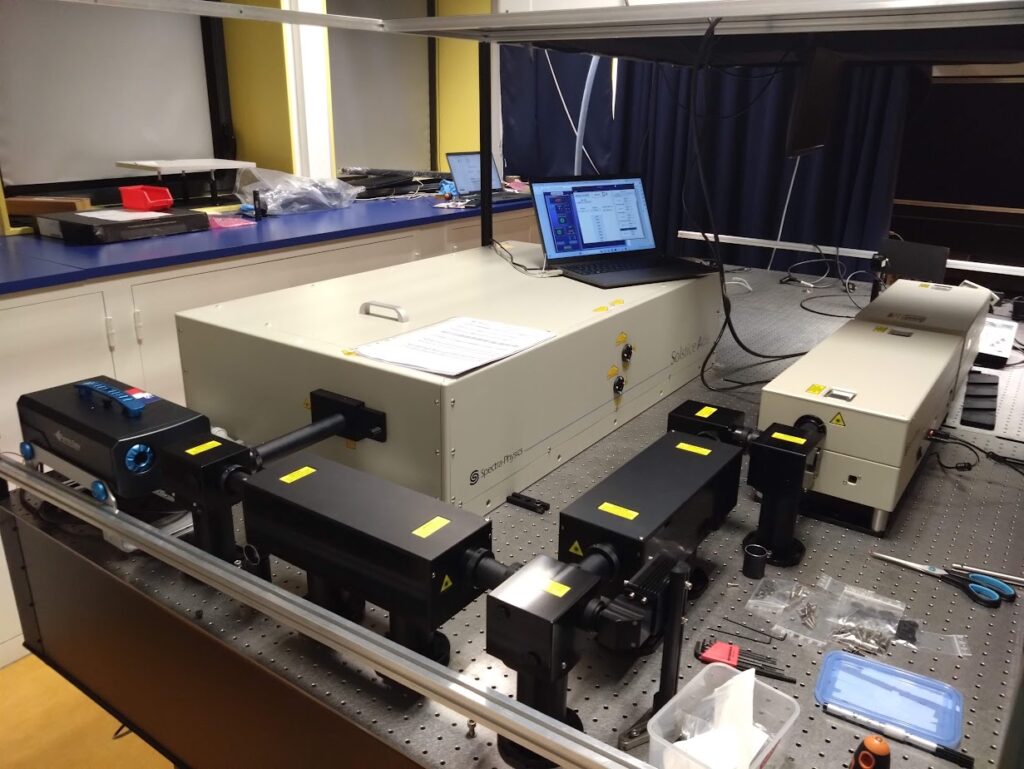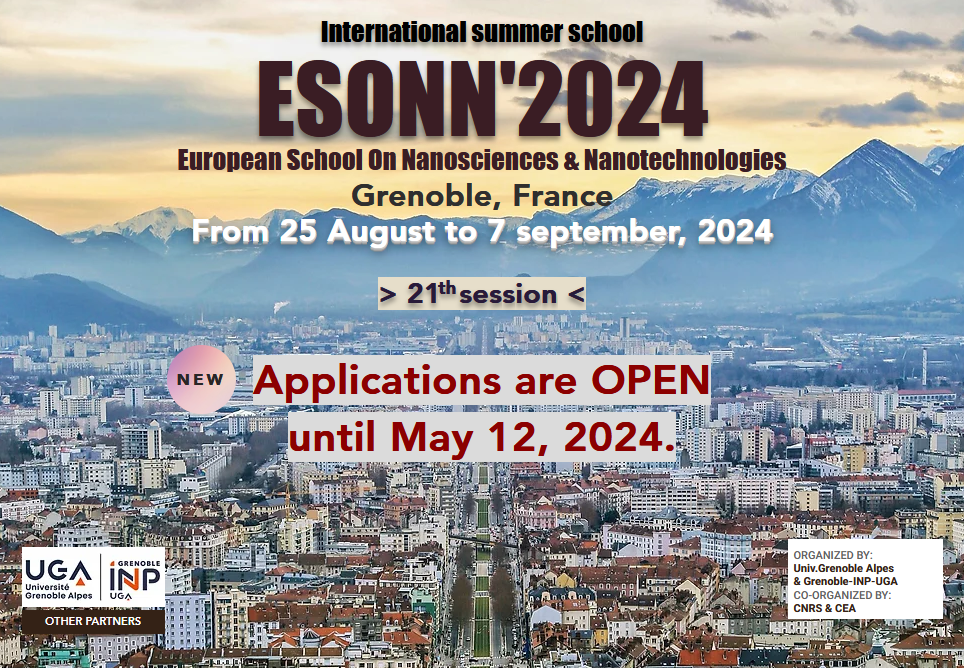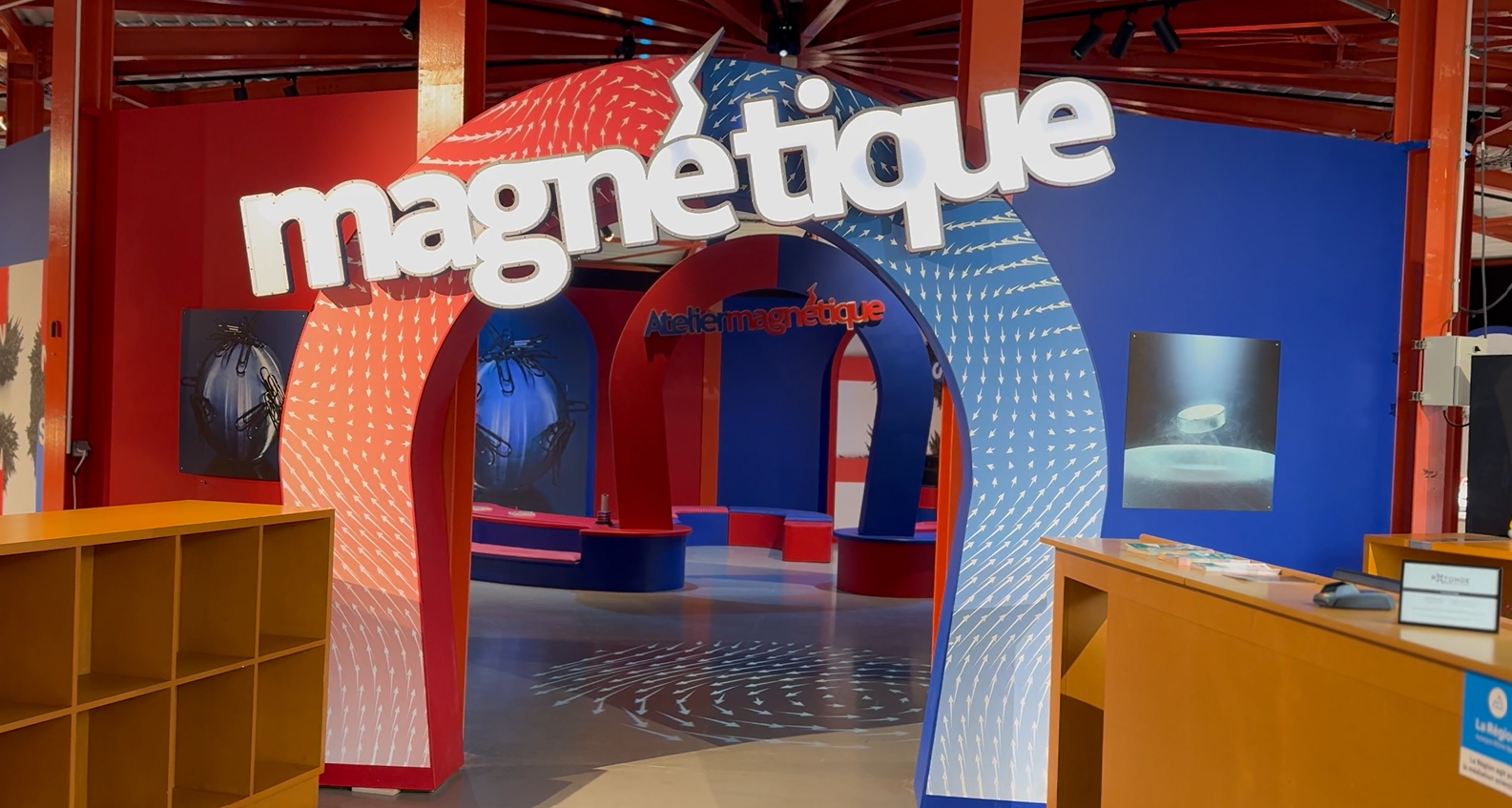
The IMMM acquires two new experimental benches to support projects of the SPIN Research Program
At the Institute of Molecules and Materials of Le Mans (IMMM), new acquisitions and installations have emerged, promoting the development of Targeted and Cross-Cutting Projects of the SPIN Research Program, such as TOAST and SPINCHARAC
The IMMM team is a member of the targeted project ‘TOAST’ of the PEPR SPIN, coordinated by Jon Gorchon from the Jean Lamour Institute (IJL), Henri Jaffrès from the Albert Fert Laboratory, and Michel Viret from the Service of Condensed Matter Physics (SPEC). The TOAST project aims to explore and develop a new generation of spintronic solutions based on ultra-short Terahertz (THz) excitations. This approach seeks to overcome the limitations of conventional GHz technologies that rely on electric charge in semiconductor technologies and ICT in general. The TOAST project plans to develop high-power spintronic emitters usable in a very broad frequency range (5-12 Terahertz). Spin currents and spin-to-charge conversion mechanisms will be optimized while working on the propagation aspects of Terahertz fields within devices, from their source to their reception

At the Institute of Molecules and Materials of Le Mans (IMMM), researchers have been working on these scientific themes for several years, particularly relying on the equipment of the ‘femtosecond laser’ platform, one of the open platforms of the LUMA Research Program. Taking advantage of the new momentum of the SPIN Research Program (TOAST and SPINCHARAC) and the strong financial support from the Pays de la Loire Region, two new experimental benches have been installed based on two amplified laser chains. The first is the most powerful (5 millijoules per pulse); it emits ultra-short pulses of 35 femtoseconds in the visible and near-infrared (480-2500 nanometers). The second allows tunability of the repetition rate of the pulse train and offers a wide range of wavelengths in the infrared (630-16000 nanometers) through two OPA (optical parametric amplifiers) arranged in parallel. These devices are accompanied by a new closed-cycle optical cryostat, which allows for studies at temperatures down to 3 Kelvins. Next spring, a magnetic module will be integrated into this cryostat to subject our samples to a magnetic field of 7 Teslas
Thanks to these new installations, the IMMM team aims to explore more precisely the light-matter interactions, particularly Terahertz radiation-matter interactions in innovative materials for spintronics: multiferroics, ferromagnetics, antiferromagnetics, etc.
In addition to the aspects of Terahertz emission, the response of ferroelectric materials to Terahertz stimuli will allow for the exploration of how this field can couple and transport with excitations such as magnons (spin waves) and phonons (atomic vibrations).
The IMMM ‘femtosecond laser’ platform is open to external users for the development of new collaborations. Therefore, these new facilities and the scientific expertise of the IMMM researchers can be fully made available to the PEPR SPIN community




